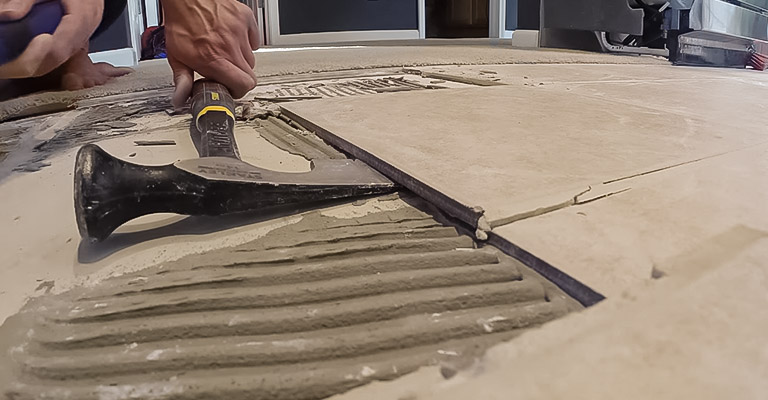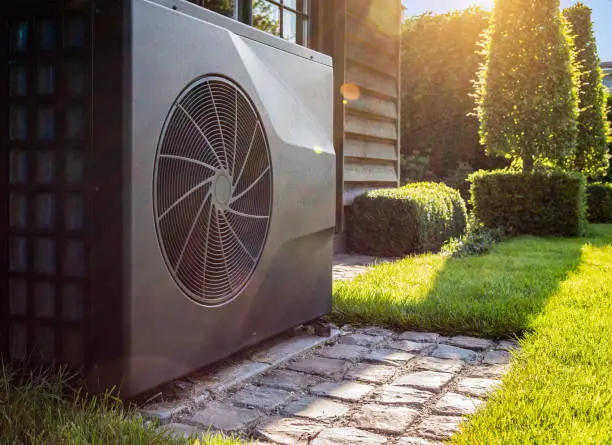Is a Window Drip Cap Necessary
You’ve probably seen drip cap, that L-shaped flashing that covers most of the windows in your neighborhood. And probably you decided to model your house without that flashing since it makes the looks of the building less attractive. So it’s usual to wonder why they are needed, is a window drip cap necessary?
This little metal strip is so crucial for your home that ignoring the proper installation and specifications can lead to serious problems. Without this cap, rainwater will seep and leak inside the house or the window. No one wants this to happen. Would you go for the aesthetics or the necessity, choice is yours!
Is a Window Drip Cap Necessary
Drip caps are an important part of the waterproofing system of your house that comprises outside cladding, trim, flashing tape, and a weather-resistive barrier. All these components can reduce water intrusion when water can enter inside of the building through the horizontal edge of the external finish materials.

However, most people don’t know what they are and how they work since they are often overlooked or underspecified in a builder’s quality assurance program. The main reason for this negligence is that the problems caused by a faulty drip cap installation don’t usually show up before the warranty period ends.
This faulty installation of an important drip cap leads to water leaking that causes rotted trim, sheathing, and siding, as well as deeper structural damage, material degradation, and mold growth. Even if this happens after the warranty period, it is still the builder’s liability.
If you are a builder, don’t lose your reputation neglecting this important factor. And in case you are not a builder, still you can pay attention to a few key details to what is done correctly or incorrectly and prevent errors easily.
How to install it properly
First and foremost, stay away from the lumberyard materials, because they are usually thin and weak, with a vertical rear leg that isn’t tall enough to keep wind-driven rain from pushing its way up and behind the metal barrier.
Depending on the sequence of your window installation, an efficient drip cap is a minimum 26-gauge metal drip cap with a back leg of at least 4 inches tall which is appropriately integrated with the WRB or fastened to the drainage plane using flashing tape.
To guarantee proper function, the drip cap’s lower edge should lap 1/4 inches over the trim it’s protecting, with an outward kick for optimal effect.
Water drops down the edge of the metal rather than being dragged behind it, thanks to the extra bend in the drip cap. And with that bend, each end cap should be folded down over the ends of the trim board to prevent rain from blowing in from the side.
How much gap you need
Even when drip caps are properly built, they are often placed with an insufficient or negative slope, as well as siding or trim that is too close to the drip cap. You don’t need too much slope but you need enough to allow water to drain properly.
You need to leave a 3/8 to 1/4 inch space between the drip cap and the bottom of the siding when installing siding over the trim. Unfortunately, in many cases, the bottom edge of the siding meets the drip cap directly, typically because homeowners don’t like the look of the resulting gap.
In such a situation, explain to the homeowner or installer that the space is required by the siding manufacturer’s installation guidelines to protect the junction from retaining water. It’s not a hard sell since no one wants the house to rot or be liable for the consequences.
Drips caps aren’t difficult to make, and if you can do it right, they don’t add costs. For this reason, most siding installers make their drip caps as it ensures better quality too.
FAQs
- How much is drip edge?
The drip cap or drip edge isn’t too costly as one thinks. For standard aluminum drip caps, you need to spend around 2 dollars for a linear foot, including the labor to install the caps.
- Can I replace the drip cap at any time?
Although the drip edge is often replaced when remodeling the house or when installing new shingles, you can replace them at any time if any problem arises.
- Does my metal roof need a drip edge?
If your metal roof is hanging over an inch, a drip edge is not needed for the roof since the water will be directed away from the roof anyway. But if the hanging part isn’t wide enough, you need to install the drip edge.
4. What Are the Best Ways to Insulate a Basement Window?
One way to insulate a basement window is to use bubble wrap. This material is easy to find and will help you keep the heat in or out depending on your needs.
You can also use double-sided tape, plastic film, and scissors to cover your window. A squeegee or a hose to clean the window so that it will be easier for you to apply the insulation materials.
Final Statement
To safeguard your home against water infiltration, installing a drip cap above windows is a critical measure that effectively channels water away, preventing potential damage and ensuring the longevity of your window frames. You may know the importance of the little drip caps by now, but you may come into people who will ask ‘is a window drip cap necessary?’. Don’t hesitate to inform them why you would prefer that strip over your sense of style. It’s better to be cautious than feel sorry in the end.

![Simple DIY Storage Bench In 1 Day [+ DIY Plans] Simple DIY Storage Bench In 1 Day [+ DIY Plans]](https://wilkerdos.com/wp-content/uploads/2022/11/maxresdefault-2.jpg)




